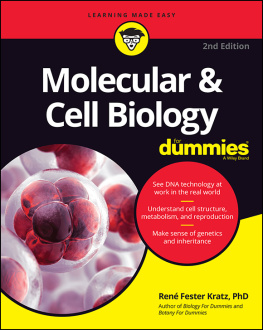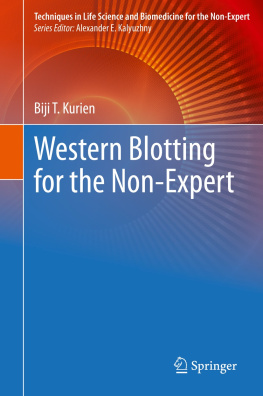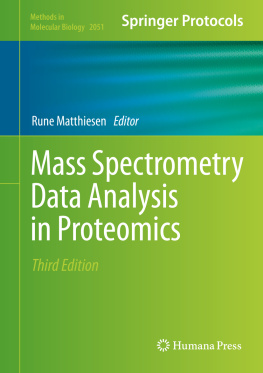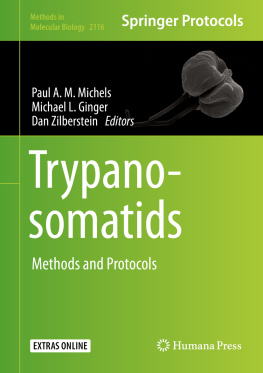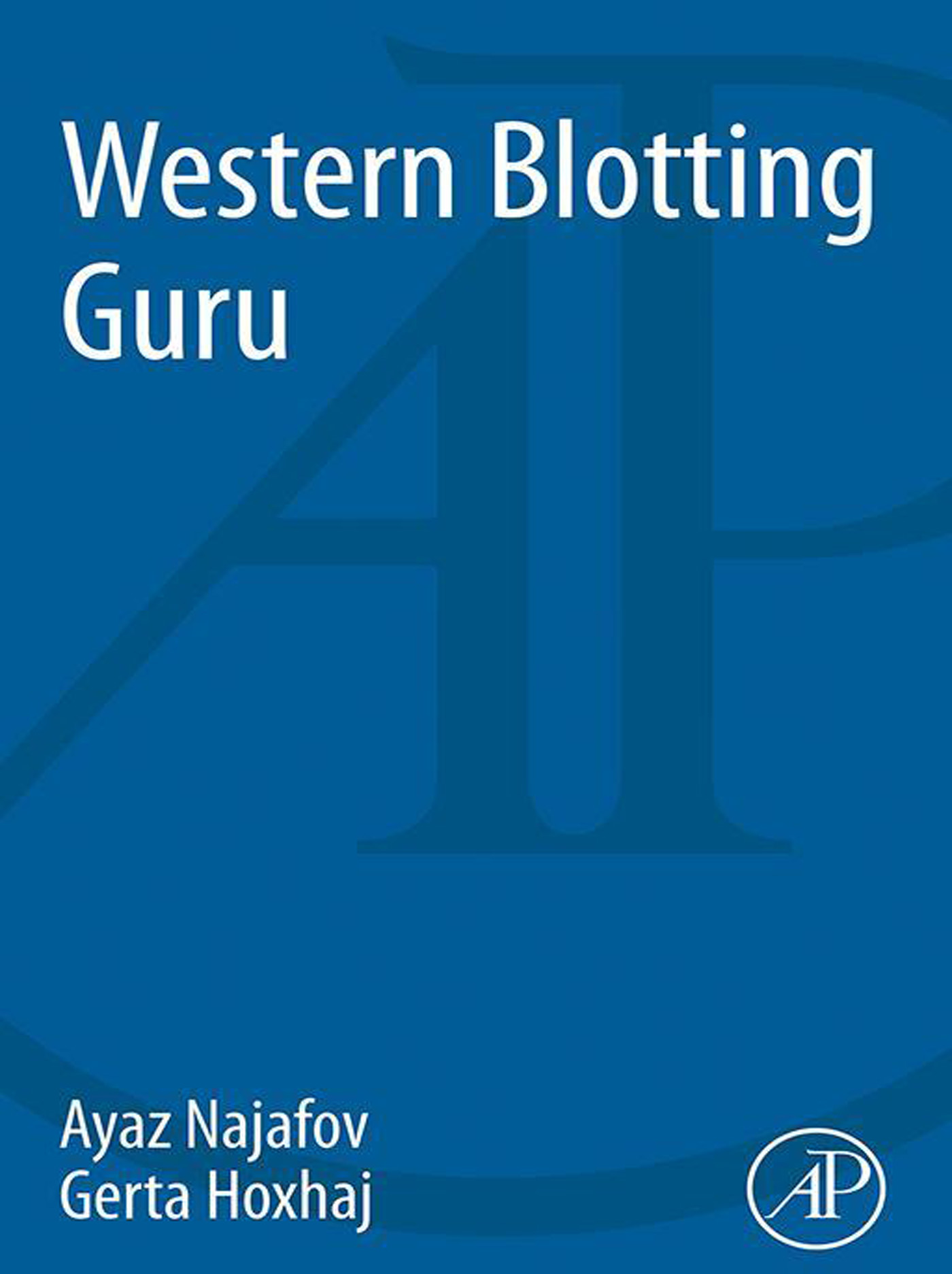Table of Contents
List of tables
- Tables in Chapter 2
List of illustrations
- Figures in Chapter 1
- Figures in Chapter 2
- Figures in Chapter 3
- Figures in Chapter 4
- Figures in Chapter 6
- Figures in Chapter 7
Landmarks
Table of Contents
Western Blotting Guru
Ayaz Najafov
Harvard Medical School, Department of Cell Biology, Boston, MA, United States
Gerta Hoxhaj
Harvard T.H. Chan School of Public Health, Department of Genetics and Complex Diseases, Boston, MA, United States

Copyright
Academic Press is an imprint of Elsevier
125 London Wall, London EC2Y 5AS, United Kingdom
525 B Street, Suite 1800, San Diego, CA 92101-4495, United States
50 Hampshire Street, 5th Floor, Cambridge, MA 02139, United States
The Boulevard, Langford Lane, Kidlington, Oxford OX5 1GB, United Kingdom
Copyright 2017 Elsevier Inc. All rights reserved.
No part of this publication may be reproduced or transmitted in any form or by any means, electronic or mechanical, including photocopying, recording, or any information storage and retrieval system, without permission in writing from the publisher. Details on how to seek permission, further information about the Publishers permissions policies and our arrangements with organizations such as the Copyright Clearance Center and the Copyright Licensing Agency, can be found at our website: www.elsevier.com/permissions.
This book and the individual contributions contained in it are protected under copyright by the Publisher (other than as may be noted herein).
Notices
Knowledge and best practice in this field are constantly changing. As new research and experience broaden our understanding, changes in research methods, professional practices, or medical treatment may become necessary.
Practitioners and researchers must always rely on their own experience and knowledge in evaluating and using any information, methods, compounds, or experiments described herein. In using such information or methods they should be mindful of their own safety and the safety of others, including parties for whom they have a professional responsibility.
To the fullest extent of the law, neither the Publisher nor the authors, contributors, or editors, assume any liability for any injury and/or damage to persons or property as a matter of products liability, negligence or otherwise, or from any use or operation of any methods, products, instructions, or ideas contained in the material herein.
British Library Cataloguing-in-Publication Data
A catalogue record for this book is available from the British Library
Library of Congress Cataloging-in-Publication Data
A catalog record for this book is available from the Library of Congress
ISBN: 978-0-12-813537-2
For Information on all Academic Press publications visit our website at https://www.elsevier.com/books-and-journals

Publisher: Mica Haley
Acquisitions Editor: Linda Versteeg-Buschman
Editorial Project Manager: Timothy Bennett
Production Project Manager: Poulouse Joseph
Cover Designer: MPS
Chapter header images were engraved by Elizabeth Blackwell ca. 1737. Available from the NLM Digital Collections at http://resource.nlm.nih.gov/101456746, NLM Image ID C03093.
Typeset by MPS Limited, Chennai, India
Preface
This book was written with an aim of providing biologists with a handy reference and guide for all aspects of performing Western blotting and obtaining consistent, reliable, high-quality data. We believe that this book will provide tremendous assistance for setting up Western blotting systems and solving problems associated with challenging cases. The intended target audience is both beginners and experts.
We did not delve in scrupulous details of the gel electrophoresis and immunoblotting theory. Instead, this book is a laboratory guide, and the emphasis here is on the technical aspects of employing Western blotting as a tool in molecular biology laboratories. The issues were described in bench terms, which makes the book more relevant to the end users of the technique.
General optimization and troubleshooting approaches and strategies, as well as a detailed guide for addressing specific Western blotting problems, tips and tricks developed and learned through years of experience with Western blotting, several special cases for Western blotting, and appendices with detailed protocols, as well as other useful information related to Western blotting, make this book a practical reference all molecular biology laboratories can benefit from.
Note to the Reader
The terms Western blotting and immunoblotting will be used interchangeably in the text. We will use the term target protein for the protein of interest to be analyzed by Western blotting. Room temperature will be routinely abbreviated as RT and molecular weight will be routinely abbreviated as MW.
All incubations for Western blotting membranes are to be done preferably on a side-to-side shaker/rocker. Radial shakers/rockers are not the top choice, since they tend to result in an uneven washing of the membranes.
Phospho-specific antibodies will be given primary consideration in the text. However, most of the discussed concepts can be applied to antibodies specific for other posttranslation modifications of proteins, such as methylation and acetylation.
Always wear appropriate personal protective equipment!
Note: Acrylamide is an acute toxin and a health hazard.
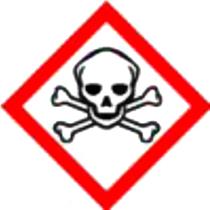
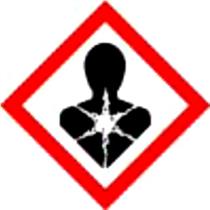
Note: Ponceau S is an irritant. Use necessary personal protective equipment.
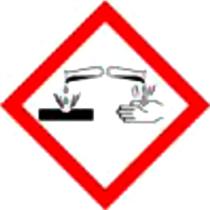
Note: Acetic acid is flammable and corrosive.
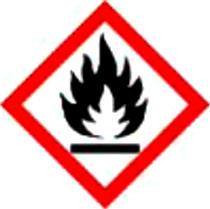
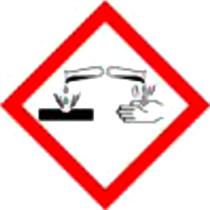
Chapter 1
Introduction
Abstract
This chapter introduces the reader to the origins of Western blotting, also known as immunoblotting. Western blotting is a popular technique among many disciplines of science. It allows the researcher to detect and quantify specific proteins using antibodies as probes. General information about this widely used technique and its applications are illustrated.


